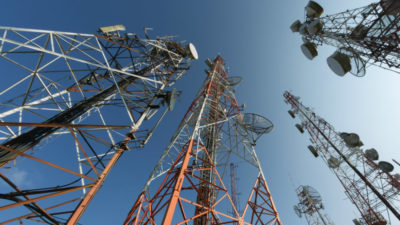On many occasions, I have said that things are only cheap when fears facing the sector are real and all hope is lost. That is the point when you either have to decide to take a risk or make the safety trade. For the most part, I stick to the safety trade. I focused on picking up high-quality stocks at cheaper prices, prioritizing safety over cheap long-shots. In the oil patch, that decision included purchasing shares of the highest-quality pipeline utilities in the sector.
Why pipelines?
The energy sector got hammered in March and April. People gave away shares of the companies they owned in fear of losing it all if they held on for too long. The pipelines were no exception, with Pembina Pipeline Corp. (TSX:PPL)(NYSE:PBA) and Enbridge Inc. (TSX:ENB)(NYSE:ENB) falling far below their book values. I would have been all-in on these stocks if one event had not happened.
The event
The event that shook me was Inter Pipeline Ltd.’s (TSX:IPL) dividend cut. Up until that point, I enjoyed owning the pipelines, ignoring the noise. I knew that the junior producers might be likely to cut payouts, given the fact that they rely so heavily on the price of oil. But when IPL cut, it caused me to doubt the reliability of all pipeline dividends.
I looked deeper into the companies to see how vulnerable all the pipelines were to a dividend cut. This extra time checking over the stocks did keep me from buying the stocks at the lowest levels, unfortunately, but it was worth it. After all, if the threat to every company’s dividend was as dire as it was for IPL, it might be best to stay away from the sector altogether.
Two great pipelines
In the end, I decided to add to my positions in Pembina and Enbridge. Of all the pipelines, these are by far my favourites. I did not catch them at the bottom, but I still feel I was able to purchase them at reasonable prices.
Pembina is the smaller of the two, with its operations primarily in Western Canada. The pipeline pays a dividend of about 7.5%, historically high for the company. In spite of that, I believe this dividend is relatively secure and may potentially grow.
Revenue and earnings decreased, but not devastatingly so. Revenue fell from $1,968 in the first quarter of 2019 to $1,671 in the current quarter. Earnings fell from $0.55 a share to $0.50. Even with the reduced earnings, Pembina reaffirmed in its quarterly report that its payout is more than covered with only 73% of fee-based distributable cash flow used for the dividend.
A great business
Enbridge is the safest and largest of the two with a market capitalization of about $91 billion. It has extensive operations across Canada, the United States, and even some projects in Europe. Unlike Pembina, Enbridge benefits from two major factors. First of all, the company owns regulated utility businesses that stabilize its earnings and cash flow. Second, Enbridge is considered an ESG company, which helps differentiate it from the oil industry.
The company sports a dividend yield of about 7.5% at the moment, similar to that offered by Pembina. This pipeline has a dividend that has grown for decades, so I’m willing to bet that they will keep it.
Enbridge reported a loss in the first quarter of $0.71 a share, although this was largely attributed to non-cash impairment charges of the company’s DCP midstream investment. The adjusted earnings per share, when adjusted for one-time items, were actually up year-over-year, improving from $0.81 a share in Q1 2019 to $0.83 in 2020.
Distributable cash flow remained strong and essentially stable at $2,706 million, compared to $2,758 a year earlier. This cash flow should ensure dividend growth moving forward, in spite of the current economic challenges.
The Foolish takeaway
When IPL cut its dividend, I was shell-shocked. The cut put all pipeline dividends into question. After some research, I decided that other pipelines, such as Pembina and Enbridge, were being unfairly punished and were worthy of being investment candidates. Even after their recent price increases, I still believe that these stocks are great investments at this level.








